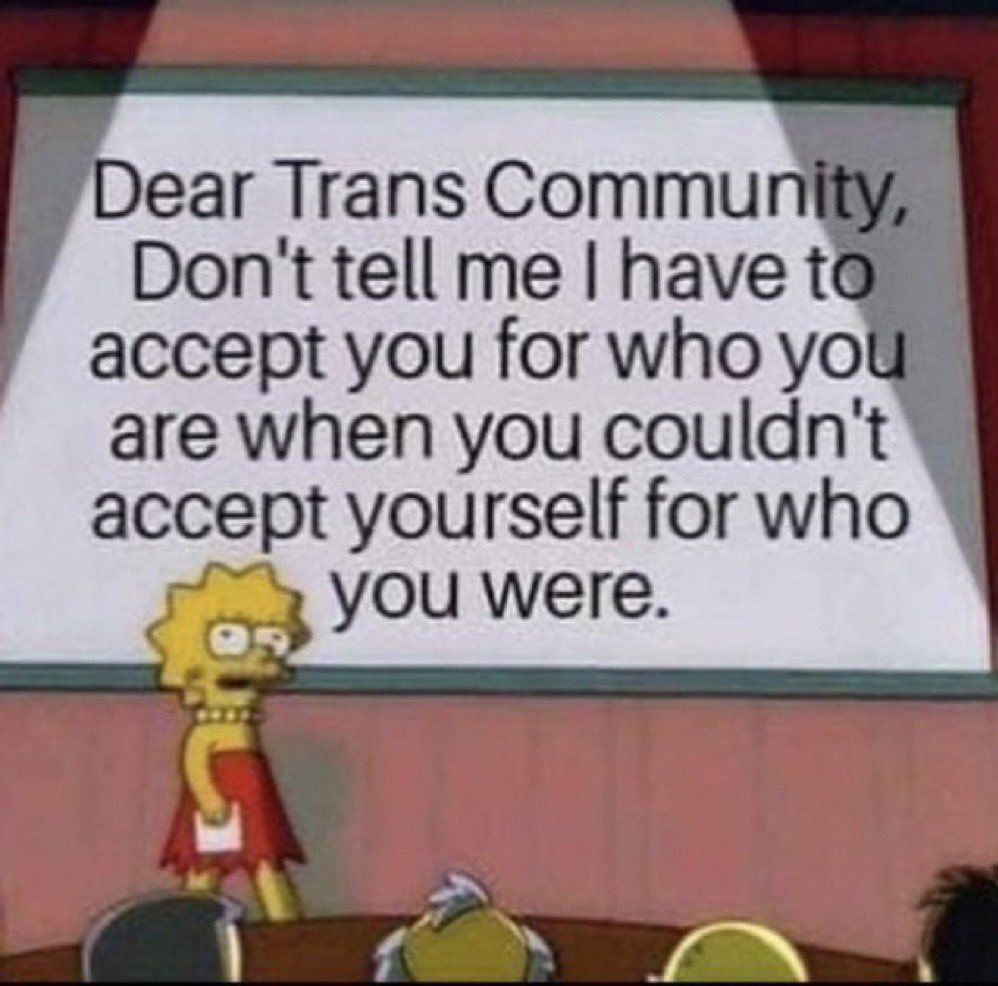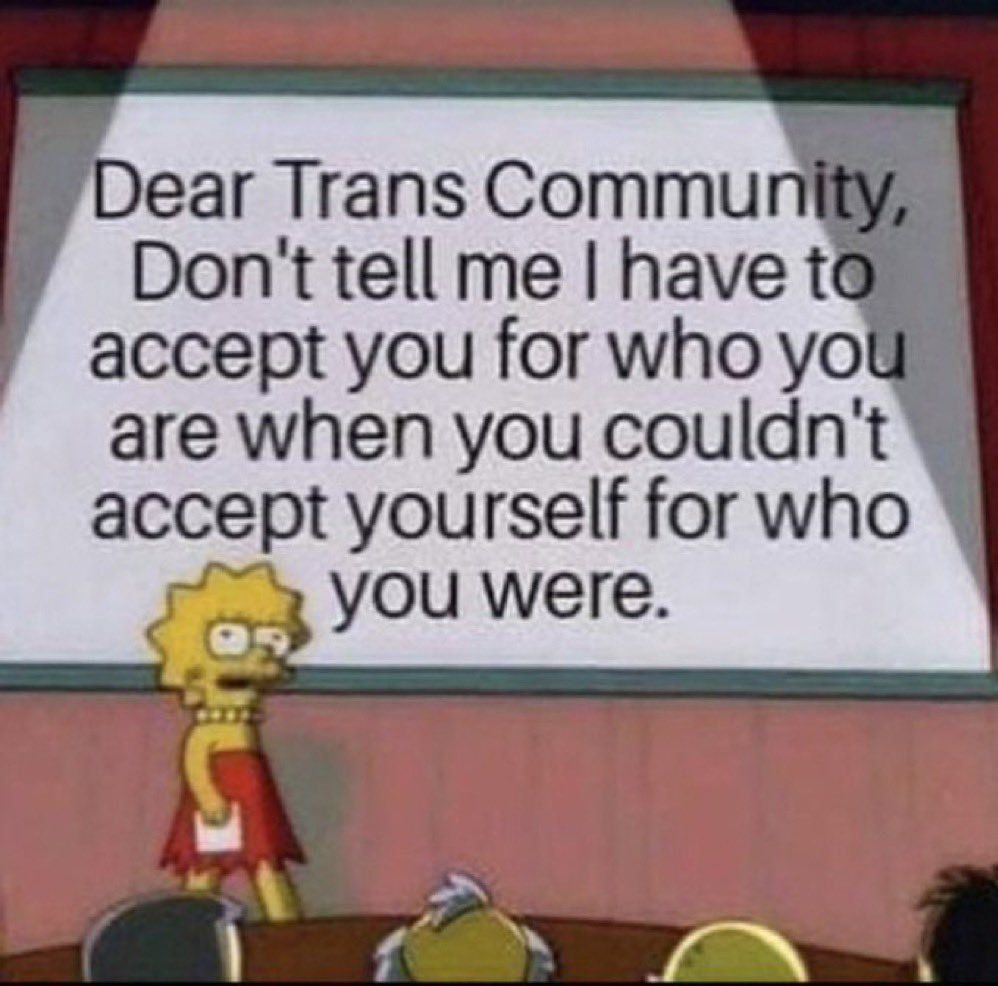Jan Bergstra & Laurens Buijs
Amsterdam Gender Theory Research Team
On socials, we saw the following meme going around:

We see this meme primarily as an argument against the legally enforced acceptance of trans men as men and trans women as women. Because we believe that acceptance should be an issue in many cases, we would like to take a stab at debunking this argument.
We take as an example the person P, assigned female at birth (AFAB), who had a medical phase after a period of gender dysphoria and the decision to undertake gender transition. After surgical procedures and (permanent) hormonal treatment, P is now morphologically male, and in formal gender theory(FGT) obtains male formal gender partly on that basis.
P now sees himself as transgender male, and after adjusting the relevant data in the jurisdiction in which we are looking at this (e.g., in the Netherlands, In Germany and in England), he will also be listed as male at the civil registry, and thus have male legal gender. P can now ask everyone to use the gender pronouns he, him, his from now on.
Learn about the different forms of gender: formal, legal, physical, psychological and social:
What is gender anyway, and why is biological sex not sufficient?
Before the transition, P could not accept herself as she was at the time. Co-essentialists, or the progressive school that presents gender as highly socially engineerable, sometimes believe that even before the gender transition of P we should now retrospectively use male gender pronouns (personal pronouns) with respect to P. We explicitly do not see it that way: gender transition is a real step, not merely the awareness of a step that had essentially already been taken, or of an already prenatally predestined condition.
The creator of the meme can now be asked whether the meme also means to express that P need not be recognized as a man. If the creator does not have that intention, that person can be blamed for the meme being too generalizing. Indeed, the meme then deliberately stigmatizes the well-recognized gender (after transition) of an important class of transgender persons. If this interpretation is not assigned to the meme, then we call it the weak meaning of the meme, and it thus drops out because of culpable superficiality.
The alternative is that the meme does also aim to undermine the recognition of P as a man. Then the meme has the strong interpretation. What are the arguments against the strong interpretation of this meme? The classic argument is that gender dysphoria can (may and therefore should) be recognized as a medical condition and that the success of approaching that problem justifies the concession demanded of all, namely in this case to recognize P as male. This argument hangs on a series of assumptions:
- This concession does not result in disadvantage to third parties. Here we see that our argument can hardly be sustained when P becomes male through the bald mention of having a new gender identity: the meme does contain an argument against an overly simplistically infused co-essentialism.
- P has a generally recognizable and understandable interest in being recognized as a man. This argument, too, goes under if we adopt too easily the co-essentialist position that culminates in what we called gender erosion in AGTRT-7.
What we see is that the meme does get to the heart of FGT. FGT was designed, so to speak, to parry the meme, and that cannot be done without admitting that anno now the meme does make sense in some situations.
